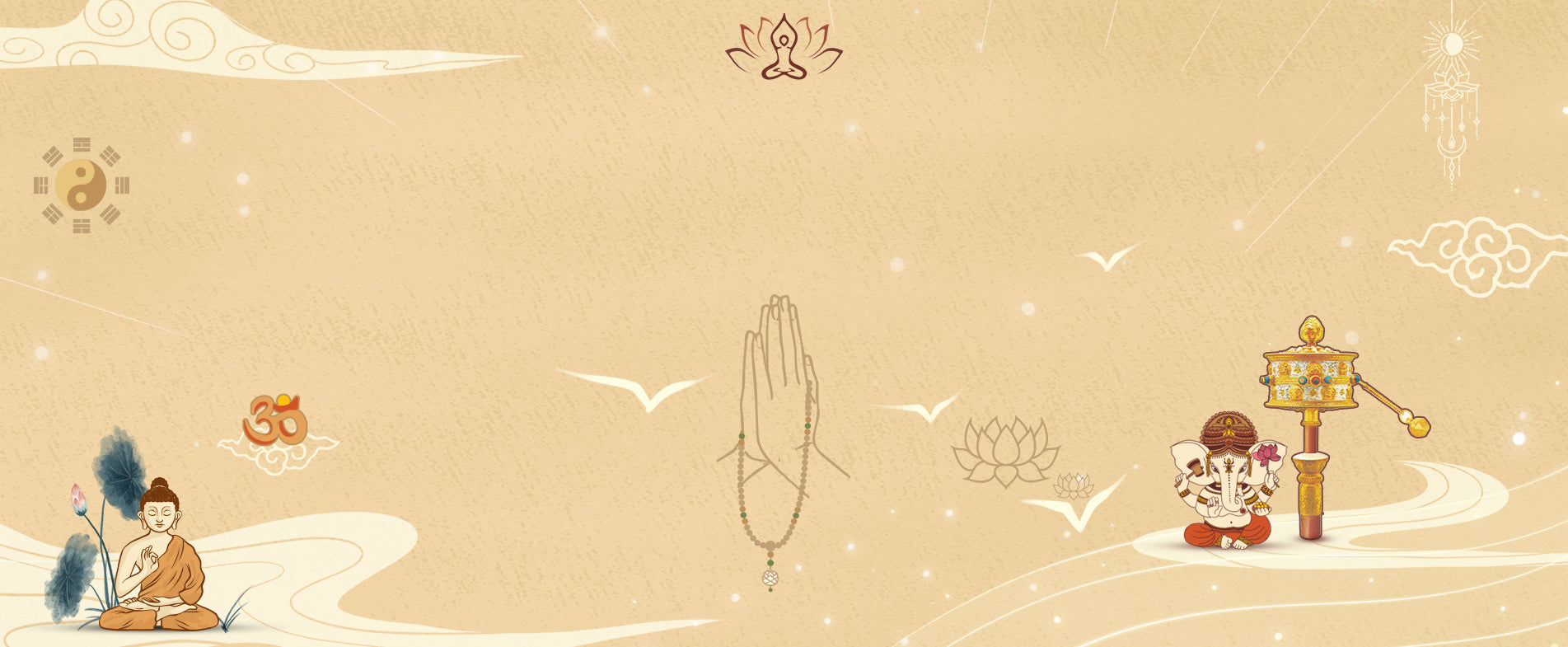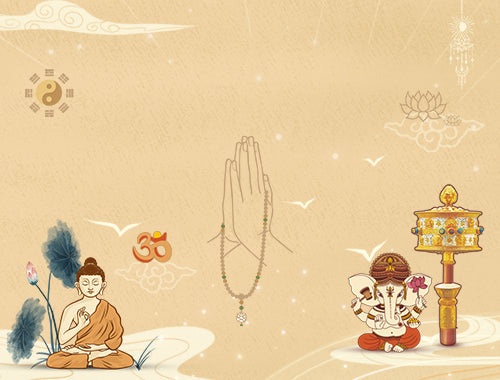What are the historical origins of the Buddha symbol and its evolution over time?
This passage will guide you at:
-
Introduction
-
Tracing the Enlightenment Path: The Genesis of the Buddha Symbol
-
The Evolution of Buddha Imagery: From Symbol to Statue
-
Resonance with Indigenous Cultures: Shared Philosophies, Shared Symbols
-
A Timeless Journey: The Buddha Symbol Today
Introduction
As we celebrate Columbus Day, we recognize the vibrant tapestry of cultures that make up our world. Today, we invite you on a journey, a journey that explores the origins, evolution, and global resonance of the Buddha symbol, a revered icon in Buddhism and a symbol that has found deep resonance with many Indigenous cultures worldwide.
Tracing the Enlightenment Path: The Genesis of the Buddha Symbol
Our exploration takes us back to the 5th or 6th century BCE, to the life of Siddhartha Gautama, the individual we would come to know as Buddha.
-
Siddhartha Gautama: The Journey to Becoming the Buddha
Siddhartha was born a prince in the lush green city of Lumbini (present-day Nepal). Despite his royal lineage and the comforts it offered, Siddhartha was deeply moved by the suffering he witnessed beyond his palace walls. This encounter with the harsh realities of life prompted him to abandon his princely life in search of spiritual enlightenment.
His quest led him to follow the life of an ascetic, practicing severe self-discipline and abstention from all forms of indulgence. His days were marked by rigorous practices, including fasting and meditation. This ascetic life was, however, not the path to the enlightenment he sought.
It was under a Bodhi tree that Siddhartha, after days and nights of deep meditation, finally attained the state of Enlightenment and became Buddha - the 'Enlightened One.'
-
The Symbolic Beginnings: Aniconic Representations
In the centuries that followed his enlightenment, Buddha's teachings spread across the Indian subcontinent. The early depictions of Buddha in the art of this period were symbolic, often avoiding his representation in human form. This approach was meant to emphasize his teachings rather than his personal identity. The Bodhi Tree, under which he achieved enlightenment, became one such symbol. The Dharmachakra, or the Wheel of Law, signifying his teachings, and footprints, symbolizing his physical presence, were other notable symbolic representations.
The Evolution of Buddha Imagery: From Symbol to Statue
As Buddhism spread beyond the boundaries of the Indian subcontinent, Buddha's depictions underwent a significant transformation, shifting from implicit symbols to explicit anthropomorphic statues.
-
The Greco-Buddhist Influence: The Advent of Human Forms
This shift in representation can be traced back to the 1st century CE with the advent of the Greco-Buddhist art. The cultural interaction between the Greek kingdoms and Buddhism led to a fusion of Hellenistic artistic techniques with Buddhist iconography. The result was the portrayal of Buddha in human form, often in various meditative poses, resembling the statues of Greek gods. These figures typically featured Buddha in a monk's robe, with curly hair, a mark between the eyebrows (urna), and a bump on the top of the head (ushnisha), symbolizing his spiritual insight.
-
A Mosaic of Interpretations: Diverse Depictions Across Asia
As Buddhism journeyed across Asia, Buddha's representation absorbed elements of local artistic styles and cultural norms. This diversity resulted in a fascinating range of Buddha depictions.
In China, the Laughing Buddha emerged as a popular figure. Contrary to the serene and meditative Buddha of the Greek-influenced statues, the Laughing Buddha is depicted as a rotund, jovial figure, often seen carrying a cloth sack. This iconic representation, symbolizing happiness, contentment, and abundance, embodies the Chinese cultural value of joy and prosperity.
On the other hand, Thai and Cambodian Buddhist art often features a slender Buddha in a meditative pose, reflecting grace and inner peace. These depictions emphasize the practice of meditation and mindfulness, which are central to these regions' interpretation of Buddhism.
Resonance with Indigenous Cultures: Shared Philosophies, Shared Symbols
Buddhism, with its inherent respect for life and interconnectedness of all beings, found deep resonance with various Indigenous cultures. This shared philosophical understanding led to a fascinating cultural exchange and integration of the Buddha symbol.
-
Native American Buddhism: A Shared Cycle
Among Native American communities, the Buddha's teachings found acceptance, with many integrating Buddhist practices into their cultural traditions. One notable symbol of this integration is the Dharma Wheel's resemblance to the Native American Medicine Wheel. Both wheels symbolize life's cyclical nature and the interconnectedness of all beings.
-
Maori and Buddha: Symbols of Joy and Abundance
In New Zealand, the Maori people embraced the Laughing Buddha as a symbol of joy, prosperity, and good fortune. The Laughing Buddha's plump figure echoes the Maori depictions of some deities, symbolizing life's fullness and abundance.
A Timeless Journey: The Buddha Symbol Today
The Buddha symbol has journeyed through time and across cultures, transforming yet retaining its essence – a testament to peace, wisdom, and enlightenment. Today, Buddha Stones celebrates this enduring legacy. Our handcrafted Buddha-themed jewelry pays homage to the rich history and spiritual significance of the Buddha symbol, inviting each of us to carry this legacy with us.
This Columbus Day, explore the shared philosophies between Buddhism and Indigenous cultures, embodied in our jewelry collection. As you adorn these pieces, may they remind you of the wisdom and peace symbolized by Buddha, fostering a deeper understanding and appreciation of the cultures that shape our world. At Buddha Stones, we believe that every piece of jewelry is more than an accessory. It's a symbol of our shared history and the universal quest for wisdom and peace.









